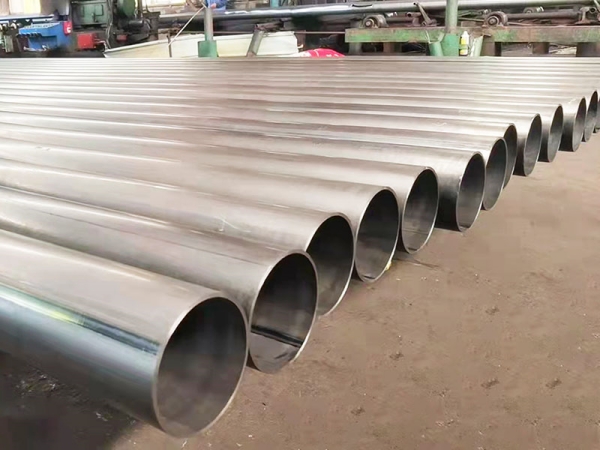Duplex stainless steel pipe has high strength, light weight, corrosion resistance, and at the same time, the price fluctuates very little. Therefore, it is now very popular and commonly used around the world and is usually an economical solution for pipeline applications.
Super duplex steel pipe has the high strength of ferrite structure and the high corrosion resistance of austenitic structure, achieving an excellent combination of strength and corrosion resistance. They have good toughness and resistance to stress corrosion cracking, are readily available, and are more competitive than other corrosion-resistant metals that use higher levels of expensive alloy additives.

Disadvantages And Advantages Of Duplex And Super Duplex Stainless Steel Pipes:
Standard austenitic steels such as ferritic 430 and austenitic 1.4301 (304) are very simple to manufacture. As the names of these steels indicate, they are usually composed of one phase–ferrite or austenite. These types of steel are versatile and have excellent properties, but each has weaker properties:
Austenitic–low strength (200 MPa 0.2% PS in solution annealed condition), low resistance to stress corrosion cracking
Ferrite - low strength (slightly higher than austenite, 250MPa 0.2%PS), thick sections are not easy to weld, and low temperature toughness is poor.
The nickel content in austenite can lead to price fluctuations, which is often not popular with consumers.
The basic concept of duplex stainless steel is to produce a chemical composition such that austenite and ferrite are uniformly mixed. This phase balancing provides the following:
- Higher Strength
Current 0.2% PS range for duplex steel grades is 400–550 MPa. This reduces section thickness and therefore weight. This advantage is particularly important for the following applications:
Pressure vessels and storage tanks
Structural applications such as bridges
- Good Weldability on Thick Sections
not as easy as austenite, but much better than ferrite.
- Good Toughness
Better than ferrite, especially at low temperatures, typically as low as -50 degrees Celsius, tensile to -80 degrees Celsius.
- Resistance to Stress Corrosion Cracking
Standard austenitic steels are particularly susceptible to this type of corrosion. Application types where this advantage is important include:
hot water tank
brewing tank
processing plant
swimming pool structure
If you have any questions about our products, please contact us and we will be happy to share our expertise free of charge.